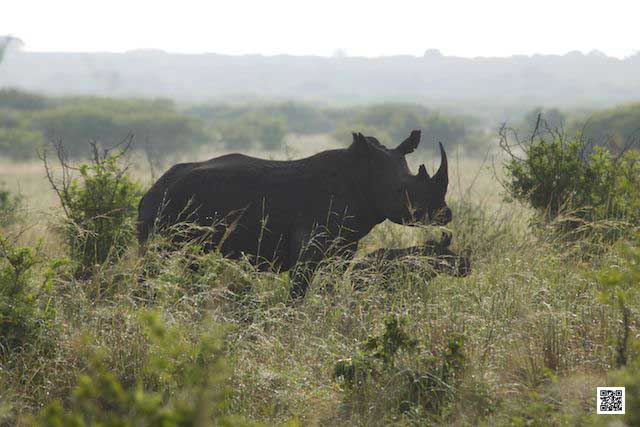animals
On Photo Safari: Animal Behavior
23/03/13 10:44 Filed in: Photo Safari

Photo safaris are of course for the purpose of seeing animals and photographing them, but that can be challenging at times, when the animals just are who they are and the photographer is too late to capture the action. This can be improved by a faster camera, a better trained photographer, yet more important by the photographer having knowledge about animal behavior.
During photographic safaris with photography courses this is an important part of the course. In order to do wildlife photography one needs to know the animals or at least have somebody on the vehicle who does. For example birds. Photographing a bird’s take off is the moment of capturing motion, beauty and dynamic, yet it happens very fast and the photo is often one of an empty branch or an empty piece of sky. This changes when the photographer knows that a bird ducks down for a moment before it takes off, like a skydiver before jumping out of the plane. Then you only need to start shooting the moment the bird ducks down and you will have the take off.
Another example is lion movement. Lion tend to rest during the day and get active when it cools down in the late afternoon. But it can be very tempting to be impatient and not wait when being at a lion sighting and they are all not moving an inch and it becomes very boring. Stay with them when you see that they start grooming and yawning. This is a clear sign that they will get up soon and that is when the action comes and movement happens.
In case this sounds all new don’t worry. There are rangers on the vehicles who know the animals. Learn from them about animal behavior and your wildlife photography will improve and stress to get it right will subside.
Happy snapping and wildlife watching!
Ute Sonnenberg for www.rohoyachui.com
Is Google Saving the Rhino?
11/12/12 18:00 Filed in: Insights & Opinion

About 600 rhinos have been killed this year in South Africa alone for the myth of their aphrodisiac powers. There seems to be nothing that can stop it. Expensive anti-poaching programs and high sentences on the captured poachers seem to have little effect. The number of killed rhinos this year is significantly higher than last year and it is not only the dead of the animals that is shocking it’s also the brutal way they get killed, often left behind to bleed to death.
But there might be help from an unexpected source, Google! Google is funding the development of drones that hunt illegal hunters (poachers). The WWF wanted to hunt poachers with this unorthodox “weapon” and it seems to work. The drones are not armed, but they are the eyes in the sky for the ground troops. They were tested in Nepal and are to be implemented in the rest of the world, including Africa.
“Now, wildlife-protecting drones are coming to the rest of the world. Last week, Google announced they would help the WWF purchase African and Asian poacher-seeking UAVs . As part of Google's 2012 Global Impact Awards program, the WWF received $5 million to buy similar unarmed drones to watch and track African wildlife poachers.”
There might be light at the end of the tunnel and rhino poaching can be stopped. It would be such a good and peaceful application combining an initial war device and new economy money.
Seems there is hope and Google is really fighting the evil.
Read the full article by Fast Company here.
Ute Sonnenberg for www.rohoyachui.com